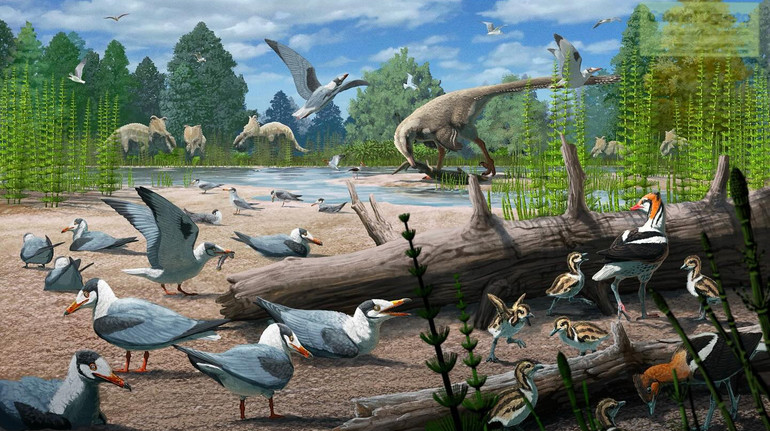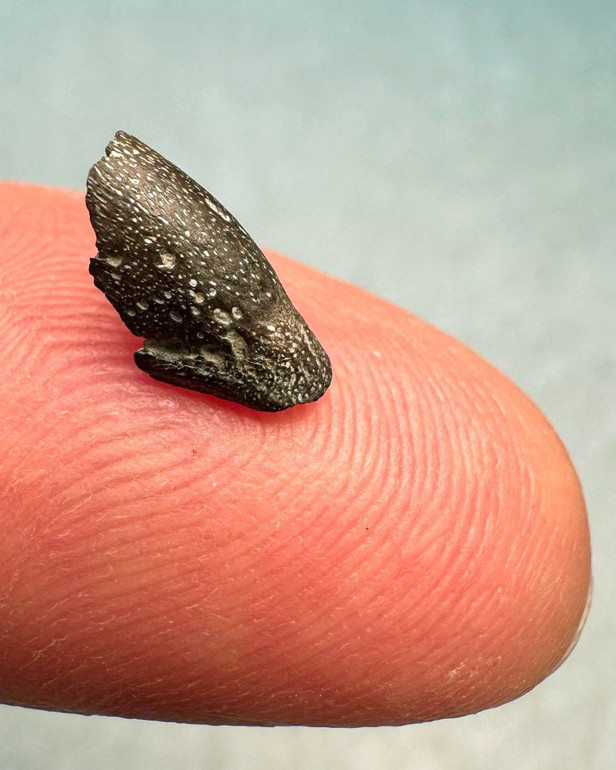Scientists have found the most ancient fact of breeding birds in the Arctic

Scientists have found the most ancient fact of breeding birds in the Arctic
Gabriel Ugueto, @Serpenillus/Instagram
The Arctic is associated with white bears and seals in many, but few people know that 73 million years ago dinosaurs lived there. And now scientists have found that their neighbors were different species of birds.
Scientists have found more than 50 fossils in Alaska, which is the oldest evidence of breeding birds in the polar regions. These remains change the idea of life on the continent for over 25 million years.
Results of the study Posted In Science Scientific Journal, writes The Guardian.
Today, more than 200 species of birds are nesting in the Arctic. They are important members of the ecosystem, because they help to dust plants and spread seeds. But it turned out that their presence in this region is not something new.
Although the oldest birds appeared about 150 million years ago, because of the fragility of the bones, their fossils rarely occur.

Some remnants were smaller than 2 millimeters
Patrick Druckenmiller, Royal Tyrrell Museum of Palaeontology/Facebook
In the geological formation of Prince-Crick on Alaska, scientists have been able to find more than 50 fossil remains of birds, which reach about 73 million years. Previously, only their traces were found in the region.
The excavations were carried out very carefully – they washed and sifted findings from small sand deposits to distinguish tiny fossils. Many of them were smaller than 2 millimeters.
« It was literally like washing gold, only our award had birds’ bones, » – said the co -author of the study Patrick Drakenmiller.
Many bones belonged to embryos or chicks. At least one bird belonged to the extinct Ichthyornits group and probably looked like a toothy seagull.
Researchers also found one member of the other extinct Hesperonithes group – toothy birds who were able to dive.
Other fossils belonged to toothless birds, which were probably like ducks. The absence of teeth is a characteristic feature of Neornithes, a group that includes all modern birds and their closest common ancestor.

The bird bones found on the background of coins
Lauren Wilson and Patrick Druckenmiller, Royal Tyrrell Museum of Palaeontology/Facebook
According to scientists, 73 million years ago, Prins-Crick had about six months of continuous daylight, which made it very green. So there was a lot of food. However, winter was cold.
Fossils revealed that the birds multiplied in the Arctic, but it is not clear whether they spent winter there. However, at least some of them were migratory.
The preliminary most ancient evidence of nesting in the polar regions was a colony of penguins of Antarctica, which lived about 46.5 million years ago.
« These new fossils fill a significant gap in our understanding of birds’ evolution, » – Drakenmiller accents.
Recall in the UK found More than 200 traces of dinosaurs that lived almost 160 million years ago.







